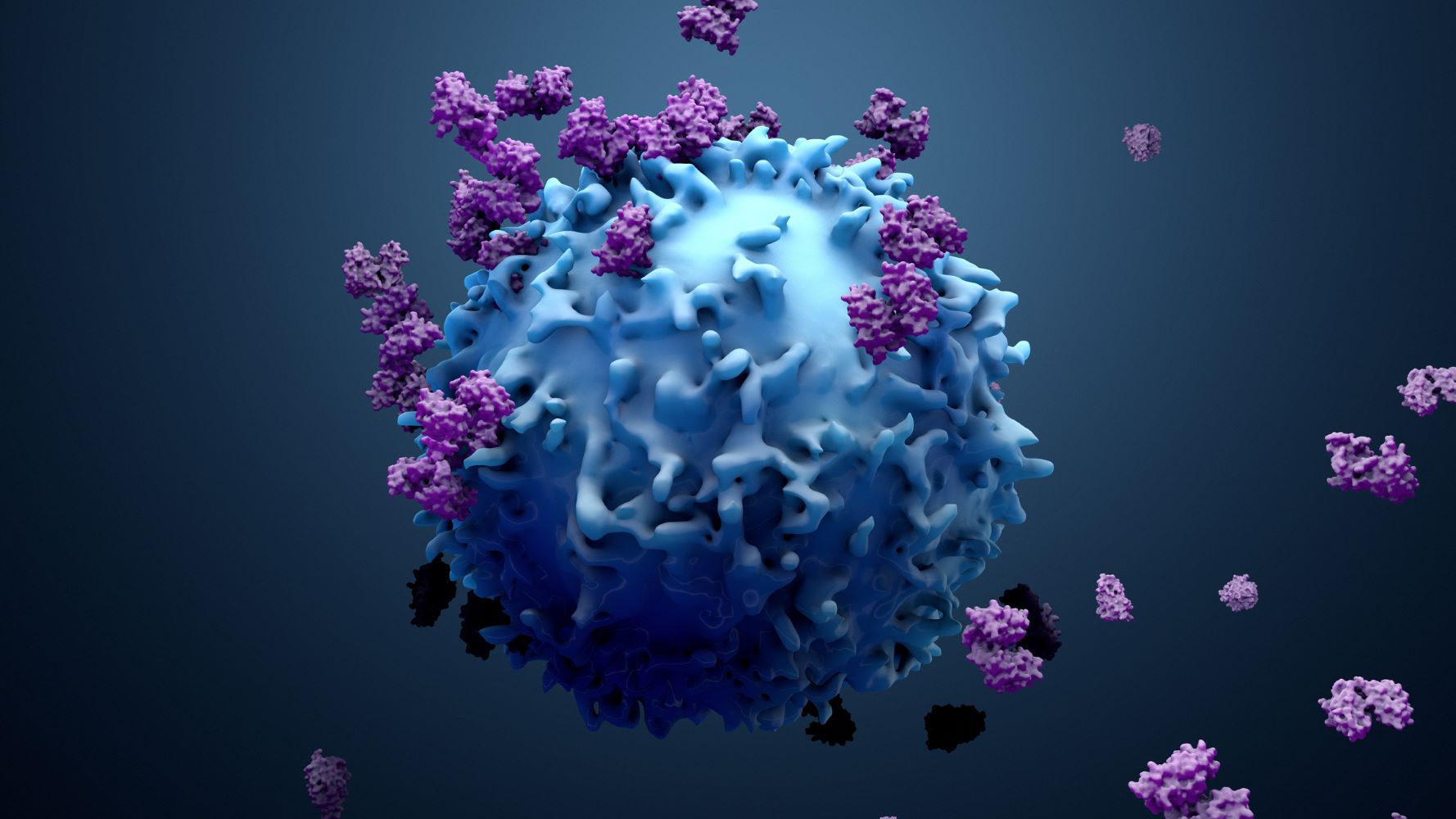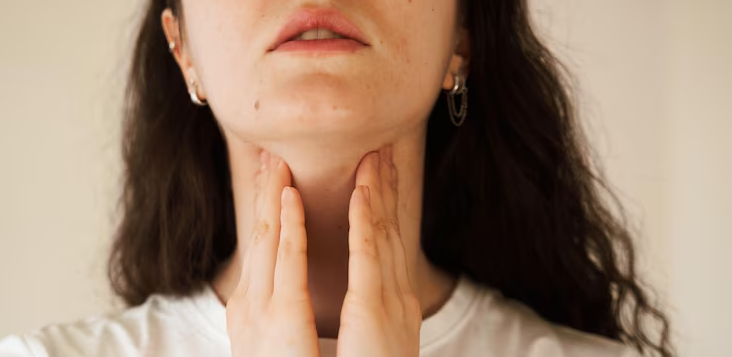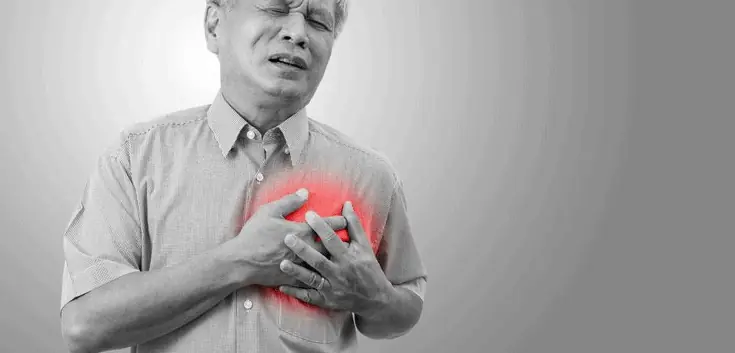The following is a summary of the “Reverse inflammaging: Long-term effects of HCV cure on biological age,” published in the January 2023 issue of Hepatology by Oltmanns, et al.
A direct-acting antiviral medication can treat chronic hepatitis C virus (HCV) infection (DAAs). Contrary to popular belief, not all chronic hepatitis C symptoms disappear following a sustained virologic response (SVR). Current research has linked persistent viral infections to accelerated aging as measured by the epigenetic clock. This study aimed to determine if long-term exposure to HCV causes epigenetic changes and biological aging and, if so, whether or not these effects are reversible with SVR. At 3 stages (treatment commencement, treatment completion, and long-term follow-up), they included 54 well-characterized individuals with chronic hepatitis C who obtained SVR after DAA therapy (median 96 weeks after the end of treatment).
Horvath’s clock was utilized to estimate epigenetic age acceleration (EAA) by analyzing peripheral blood mononuclear cells’ (PBMCs) global DNA methylation state. Compared to an age- and sex-matched control group, people with HCV had a significantly higher estimated average age (3.12 years) at baseline. This difference was statistically significant (P< 0.00003). In addition, all patient groups demonstrated a substantial long-term increase in DNA methylation, with hypermethylated CpGs predominating. Hence, at the end of the long-term follow-up period, EAA had dropped to 1.37 years.
Only between treatment completion and follow-up was there a substantial drop in EAA (P = 0.01) around 8 people who developed hepatocellular cancer after SVR had the highest EAA and exhibited no sign of reversal after SVR. Their findings show that HCV eradication following DAA therapy can result in “reverse inflammaging,” and so contribute to a better understanding of the biological impact of DAA therapy. Our results also provide credence to the idea of using biological age as a biomarker for HCV sequelae following SVR.
Source: sciencedirect.com/science/article/pii/S0168827822031154



















